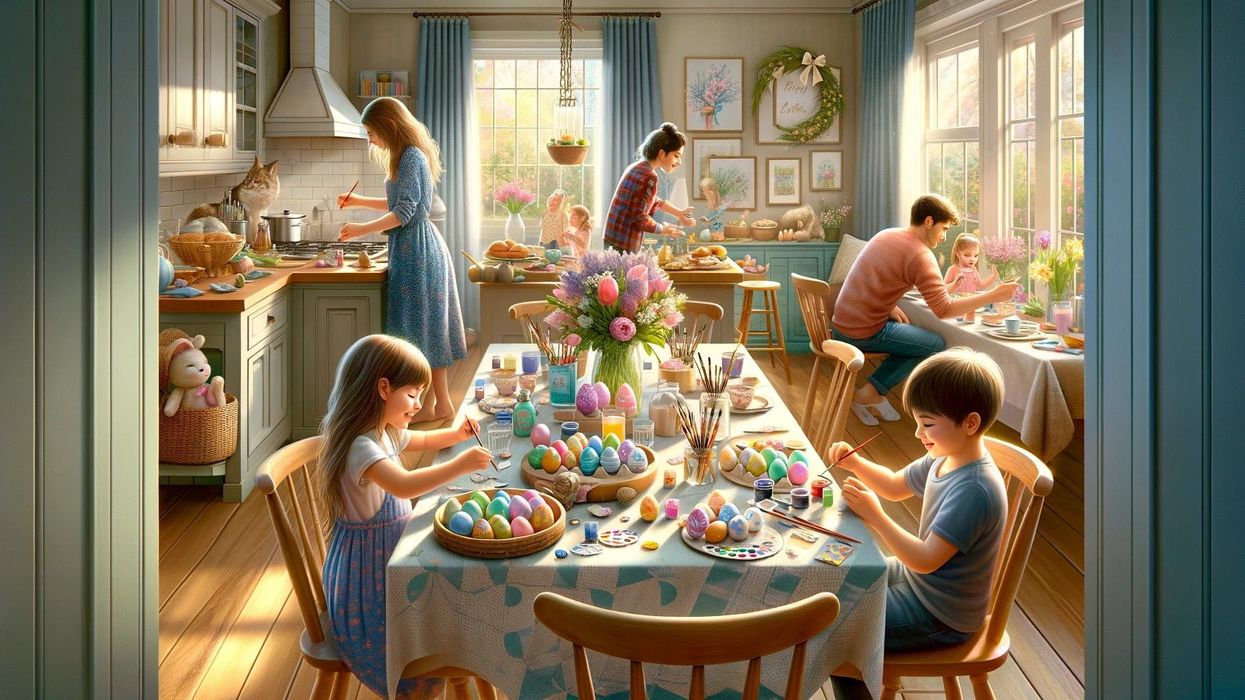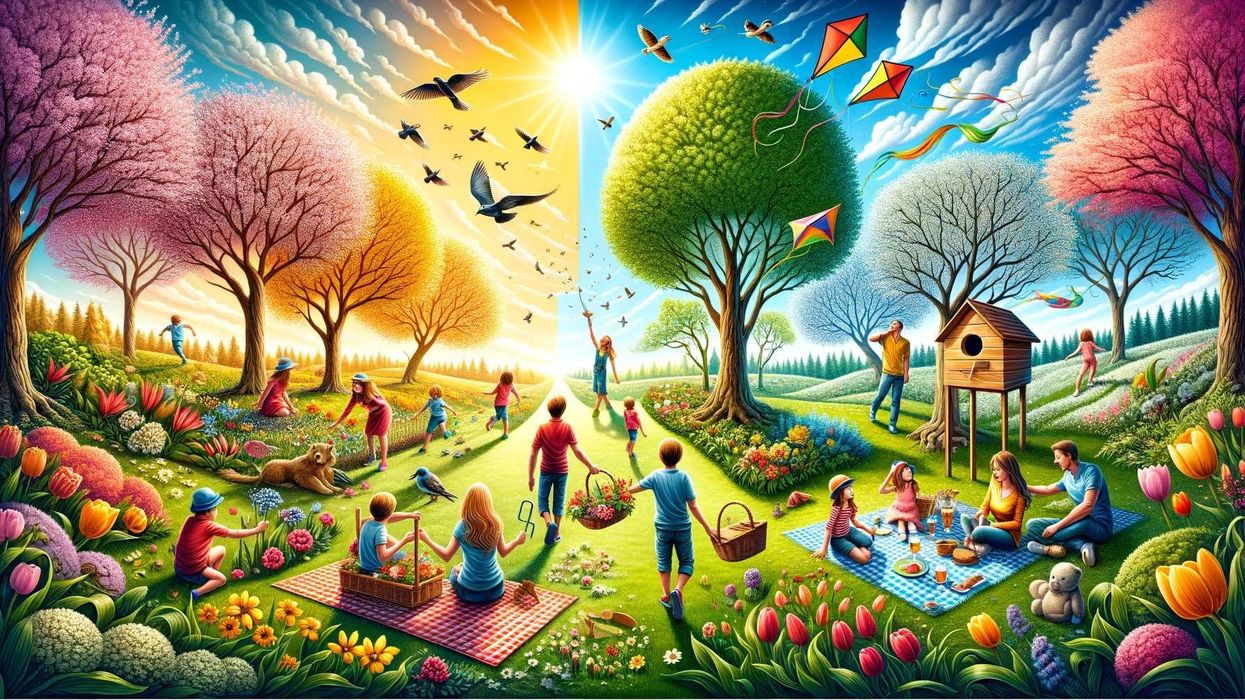Diving into the realm of science with little ones can be an adventure filled with discovery and joy, and it all starts right at home. Engaging your youngsters in science doesn't have to be daunting; with this curated list of activities, you'll find that many household items can turn into tools of learning and wonder. These simple, safe, and enjoyable experiments are perfectly suited for children under five and offer a cost-effective way to make learning exhilarating.
Each activity introduces fundamental scientific concepts through hands-on exploration, utilizing common kitchen supplies you likely already have. Imaginations will soar as your mini-scientists conduct these accessible investigations, sparking curiosity and a thirst to understand the world around them.
While young learners may not immediately comprehend the science behind each experiment, the key is to ignite a passion for scientific exploration. These early experiences lay a foundation for critical thinking skills such as making predictions, observing outcomes, and asking insightful questions.
The experiences below align seamlessly with Early Years Foundation Training (EYFS) principles, setting the stage for the development of crucial cognitive skills and preparing your child for future academic pursuits in the sciences.
Designed with young minds in mind, these activities also hold a universal appeal—they're just as engaging for older children. This makes them perfect for family-wide participation, creating shared moments of learning and fun that extend beyond the early years. Embrace the wonders of science together, and watch your young learner's understanding and enthusiasm for the subject take flight.
1. Grow a Magic Rainbow

You Will Need a kitchen roll, water-soluble markers, and a glass of water
We bet you've done your fair share of rainbow drawings in the past few weeks, so this awesome activity is a great way to shake them up and try something new. Simply fold a piece of kitchen roll lengthways into three to make a rectangle, and colour a centimetre of one of your short edges in rainbow colours.
Dip the coloured edge of the kitchen roll into the glass of water, and watch as the rainbow magically appears.
2. Fly A Paper Helicopter
You Will Need: A sheet of paper, scissors and some paper clips
Perfect for involving the whole family, it's great fun racing your helicopters and making bets on which one will go fastest.
Just follow along with the video below to make and fold your paper pattern, add a paperclip and drop from the highest place you can reach. It's a great introduction to how things fly and will be sure to spark your child's imagination about what other flying things can be made out of paper.
Add extra paper clips and some blue tack and help your little ones predict if the helicopters will go quicker or slower.
3. Watch A Raisin Dance
You Will Need: A handful of raisins and some fizzy water
Teach your little ones about water density with this incredibly simple science experiment using nothing but a glass of fizzy water and a few raisins.
Drop the raisins into the glass and watch them dance around. Make sure you look closely at the raisins and you'll be able to see the little bubbles stick to the wrinkles, making them look as if they've come alive!
4. Make Some Skittles Artwork
You Will Need: A bag of skittles, a plate and a jug of tap water
This science experiment will no doubt be a favorite—if only because it involves sweets!
Arrange your skittles around the edges of a plate, pour a little bit of water into the middle, and watch the colours swirl into the middle and make cool multi-coloured patterns.
5. Clean A Grubby Penny
We suggest that you 'try full-fat coke - it's a great one to illustrate to the kids why this might be bad on your teeth!'
6. Create a Groovy Lava Lamp
You Will Need: About 50ml of oil, food colouring and a tall glass of water
This groovy science experiment will be sure to wow your child and spark lots of questions about how it works! Drop some food colouring into your oil and mix with a spoon. You can experiment with one colour or lots for different effects.
Gently pour your oil into the glass of water, and watch as it moves around like a lava lamp. Kiddadler Amii took it up a notch, saying 'we added glitter to the mixture,' making her science experiments extra visual and sparkly.
This is a great simple activity to teach your kids about liquid density and get them thinking about the differences between liquids.
7. Change The Colour Of Celery
You Will Need: Celery, food colouring and a glass of water
While we can't get outside to explore nature as much as we'd like at the moment, this is a great early years science activity to learn about how plants work from indoors. Add a few drops of food colouring to water, chop off the end of your celery stalk and stand it in the glass of water.
After a few days, your celery will have magically changed colour.
8. Make A Bouncing Egg
You Will Need: An egg and a glass of vinegar
This surprising early years science activity uses vinegar to dissolve the shell of the egg. Just put a raw egg into a glass of vinegar and wait for the shell to completely disappear.
If you want to explore the differences between different liquids, you can try this experiment with a few glasses of different liquids like in the video and watch the effects.
9. Test What Melts
You Will Need: a muffin tray and various test items (eg. ice cube, a rock, a cube of cheese, a square of chocolate, crayons, a LEGO block—whatever you want to test)
This is a great science experiment for a hot, sunny day. All you need to do is place your items in each hole of the muffin tray and place it outside in the sun.
After ten minutes, check on it and see if anything has melted. What's happened to the chocolate? Does anything look like it's changed shape but hasn't melted yet?
Once you've analysed this a bit, leave it outside for another 45 minutes or so and see if anything new has melted. This simple activity is a brilliant way to learn about melting points!
10. Create Some Magic Milk Patterns
You Will Need: Dish soap, milk, food colouring and a plate
This beautiful arty activity will have you and your little one gazing in wonder as the colours dance across the dish. It's a great way to teach about mixing colours together, and fun to observe how the colours are changing.
Pour a little bit of milk onto your plate and then drop a few drops of food colouring into the milk. After that, squirt a tiny bit of dish soap into the middle of the plate, and watch the colours come to life and dance around.
11. Bake A Cake
You Will Need: Flour, baking soda, eggs, butter and sugar (and a recipe!)
Our favourite science activity here at Kidadl is one that we don't usually think of as scientific - baking a cake! A great way for you to teach your mini scientist about transforming materials, and using the hot oven and baking soda to transform your batter into a cake!
Just pick one of your favourite recipes, and get started. Our favourite part of this activity? You get to eat it!









